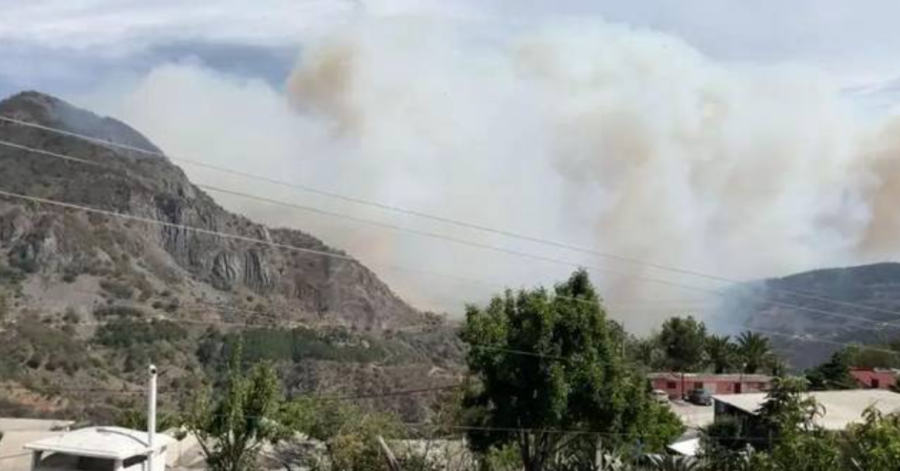
It’s been my intention since becoming Chief to rebuild 50% of our non-fire workforce capacity after the 38% drop we experienced in the last 15 years. Our collective efforts have gotten us there – we have hired over 4,000 non-fire employees in the last two years. The hiring actions we undertook were necessary to rebuild the agency to core functionality – and to deliver on the increased expectations that the historic investment of BIL and IRA funds brought to the agency. These capacity increases have led to significant progress in achieving the objectives of major initiatives like the Wildfire Crisis Strategy; the Tribal Action Plan; the Climate Action Plan and the Equity Action Plan, as well as record levels of contracts, grants and agreements executed with a wide array of partners. We have renewed our commitment to equity in our work, working with tribes and underrepresented communities to enact meaningful projects in the communities we serve. I’m proud of the progress we’ve made and grateful to all of you for the incredible work you’ve done to get us here.
Now that we have our FY 2024 final appropriations, we need to make some adjustments in our operating procedures to live within the budget we’ve been given. I want to reiterate that Congress and the American people value the critical work the Forest Service does. We demonstrate our value each and every day. Congress also had to make some difficult decisions this year and those decisions impact the Forest Service. Overall, the agency’s appropriations are down some from last year. Outside of our wildland fire programs, this takes many of our programs back to FY 2022 levels. In addition, while I’m pleased that Congress provided cost of living adjustments for all federal employees at a 5.2% level, they did not provide the agency with funding to pay for those costs outside of wildland fire. As such, we must find ways to absorb the increases within our constrained budget. I also want to clearly acknowledge that our employees face critical challenges in increased costs in housing, utilities, food and other necessities.
While we continue to have supplemental funds like BIL, IRA and GAOA, we need to set ourselves up for the future where those funds will be waning or no longer available. We’ve always known we needed to plan for that eventuality, but the combination of a lower budget and unfunded cost of living adjustments means we are there sooner than we thought. We need to take concrete steps on hiring now to live within this new budget reality.
I want to clearly lay out the steps for a strategic hiring assessment here.
-
- We will temporarily stop processing non-fire permanent full-time hiring/staffing related actions as of now so we can get a clear understanding of exactly what is in the system including the number of new Forest Service employees we expect to onboard in the coming months. We will not withdraw any final offers that have already been made and will continue with onboarding activities associated with those offers.
- We will strategically assess current hiring actions and those planned by all Units for the remainder of the fiscal year.
- We will identify the hiring actions that can be filled by current Forest Service employees to ensure we are providing supervision and leadership for our employees as well as development and promotion opportunities.
- When the assessment is complete, we will collectively prioritize which positions will be allowed to move forward where there is a high likelihood that an external candidate might be selected (e.g. a new Forest Service employee) and which positions will be filled when they become vacant for the remainder of the year.
- We remain committed to diversity, equity, inclusion and accessibility in our hiring. When our agency reflects the communities we serve, we are more equitable, effective and successful. Whether we are growing, stabilizing or decreasing in staffing, it is important that our hiring processes and outcomes foster a workforce that represents the diversity of our country.
- Fire hire will continue as most events are nearly complete for this fire year.
- Non-fire temporary and permanent seasonal hiring will continue as most of these activities are nearly complete for the upcoming season.
- Temporary promotions and details may continue but we ask that NLC members be prudent in their usage since the intent of the assessment is to have stability in the system.
- Other personnel actions such as (but not limited to) lateral reassignments; conversions of employees on Pathways, VRA and Schedule A appointments; career ladder promotions; within grade increases; and awards are not impacted by this strategic assessment of hiring and will continue.
I want to be clear that this is not a hiring freeze but a strategic assessment of hiring. To effectively do that strategic evaluation requires that we have some time where the system is stable. I expect these actions to be complete in no later than 30 days. We will resume











 Grant County has a long history of tension with federal agencies and employees, despite the large number of locals employed by federal agencies in and around John Day. It’s the same kind of tension that stormed the National Capitol on January 06, 2021 — and back in 2016 took over and
Grant County has a long history of tension with federal agencies and employees, despite the large number of locals employed by federal agencies in and around John Day. It’s the same kind of tension that stormed the National Capitol on January 06, 2021 — and back in 2016 took over and 









